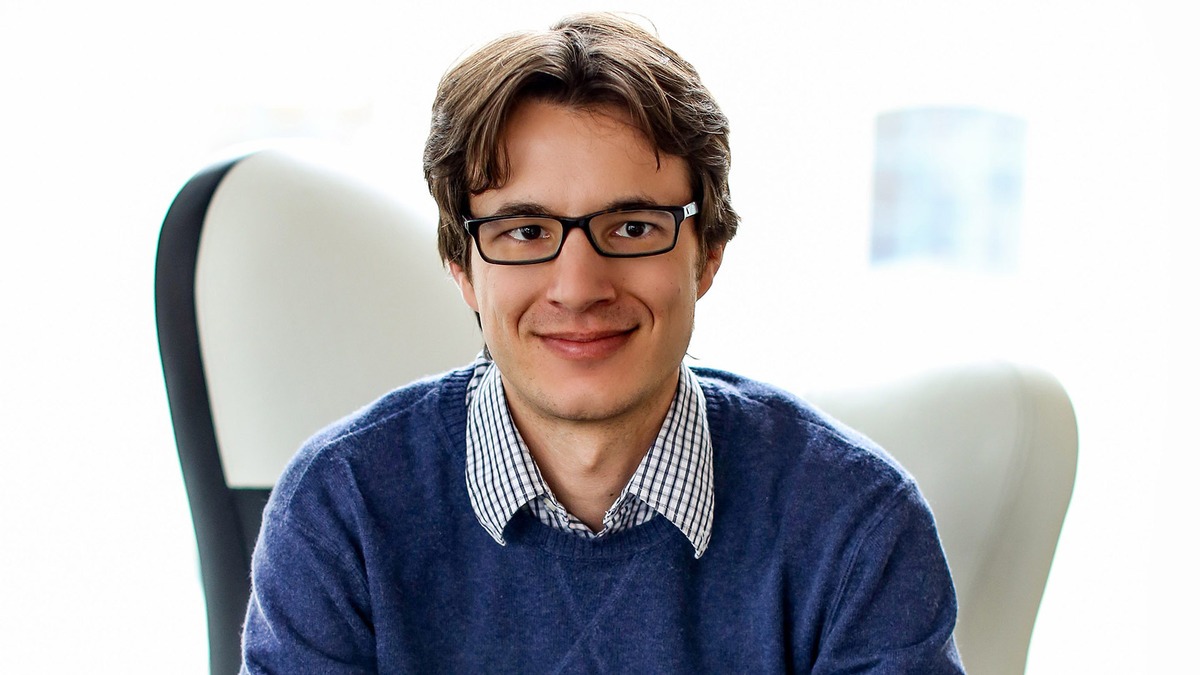
When Bill Gates confesses to regretting never having learned a foreign language, you can’t help but wonder what exactly makes mastering a foreign tongue so vexingly difficult. For those of us who are not retired billionaires, the expense and time that traditional education models demand is a huge contributing factor. For those who are, perhaps the tedium of it all is to blame.
In any case, Carnegie Mellon PhD graduate Severin Hacker and his once graduate advisor Luis von Ahn may have found the solution in Duolingo, an app that combines computer science with the teaching of languages.
Of the differences between Duolingo and other language education programs, Hacker says, “The single biggest thing that we did differently was to make Duolingo 100% free… We wanted even the most disadvantaged person with an internet connection to have access to high quality language education.”
But with a team to pay and a 105 million user strong app to maintain, there’s no room to ignore the need for revenue, so monetisation strategies need to be a little creative. Hacker shares, “Last year we launched the Duolingo Test Centre to charge for language certification — but at one tenth of the price of existing certification. The goal is to help fund Duolingo forever while also benefitting our users who need a certificate to get a better job or into an educational program.”
Eradicating cost is just one part of the accessibility puzzle – Hacker and von Ahn wanted to create a program so effective that even the wealthiest and busiest people in the world would use it and so they turned to data.
Hacker explains, “We have a team of PhDs in machine learning who focus on making Duolingo more adaptive and personalised for each user by developing algorithms that can, for example, predict when a student is on the verge of forgetting a concept. With time, every student has progressively different learning experiences on Duolingo as the order of words and lessons they receive is selected based on their individual performance. This allows us to observe and learn from the error patterns of millions of students to make our algorithms smarter and smarter with every new data point.”
And the algorithms seem to be working. A study conducted by the City University of New York proved that 34 hours of Duolingo are equivalent to an entire university semester of language education in the U.S. and some governments have already started using Duolingo in public schools (with Duolingo for Schools) to improve language education.
On a larger scale, the data findings could influence other fields of education, too. Hacker explains, “For the first time in history we have access to millions of data points and the ability to refine a curriculum by testing on a daily or weekly basis. Before, teachers had to observe the success of their students in classes of 10-30 people and wait a term or a year before testing a different approach.”

Between language education apps and translation tools like the recently launched Skype Translate, technology could break down language barriers once and for all. And there’s a lot more to that than just making your holiday a little easier or your business global. For example, Duolingo recently announced on Twitter that they were building a course to help Syrian refugees in Germany and with courses for endangered languages, like Irish, readily available, technology could potentially save a dialect.